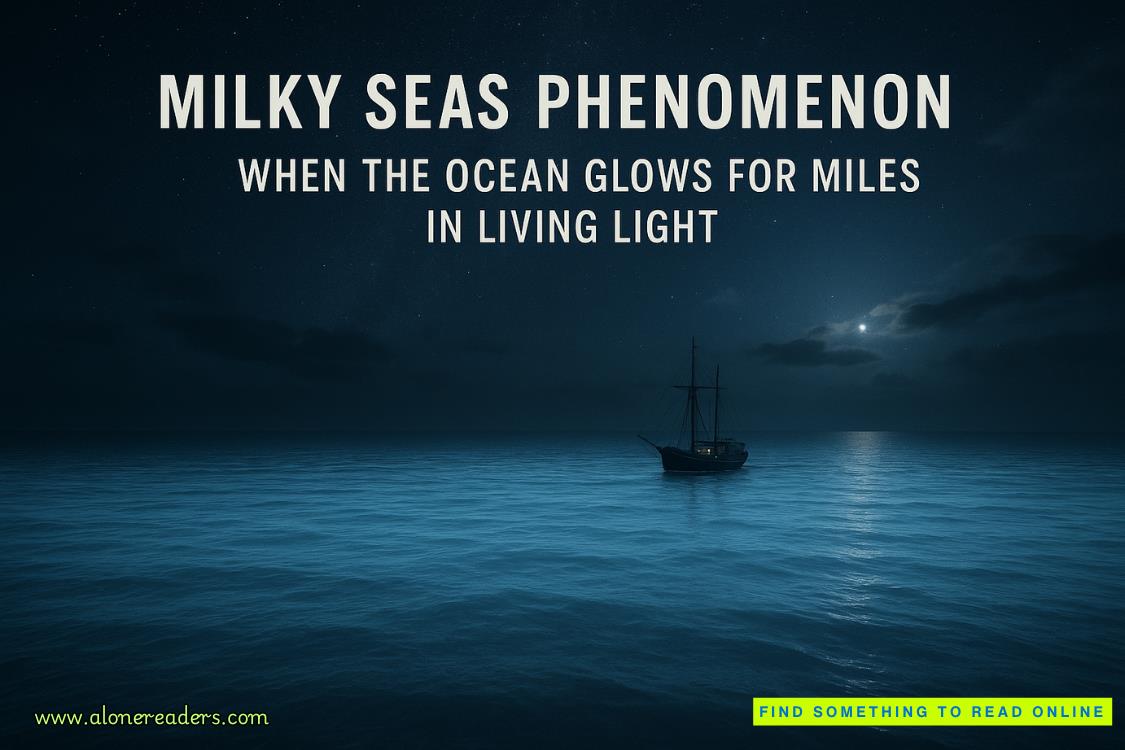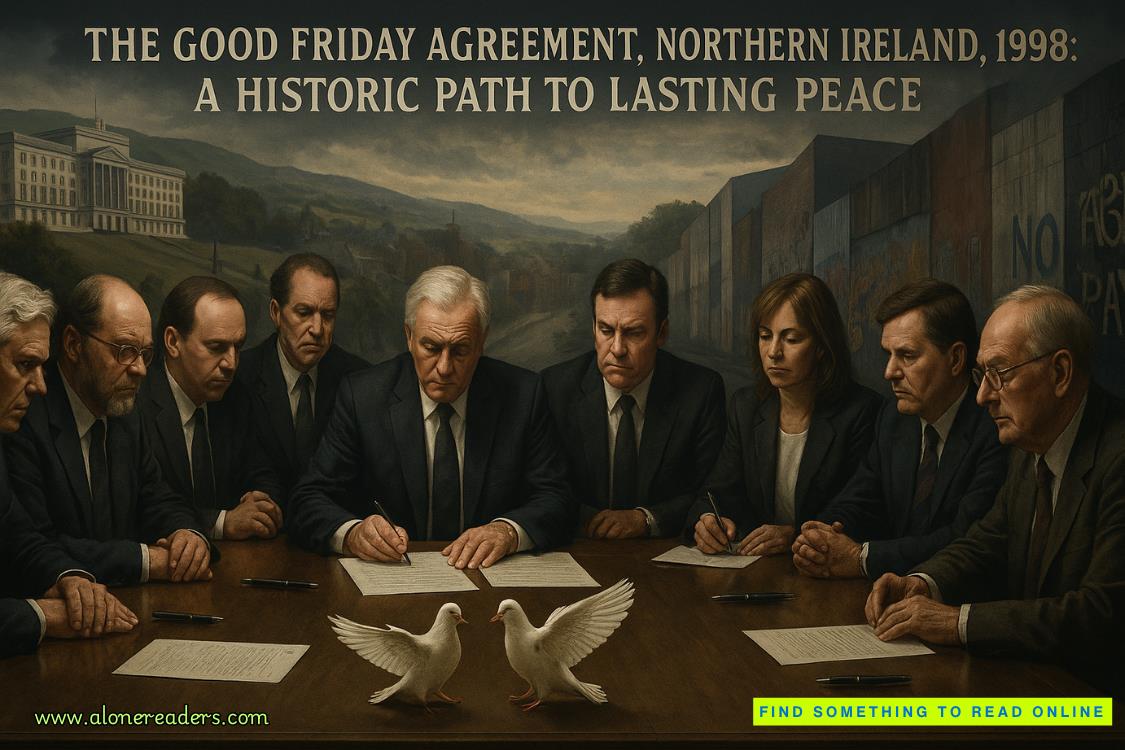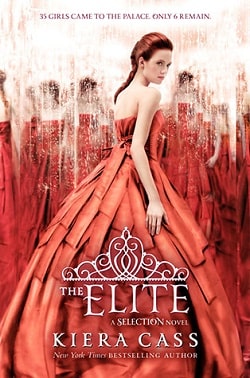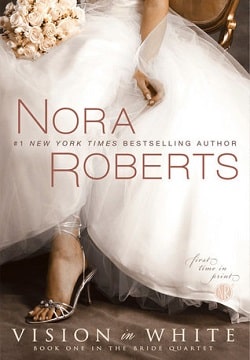The soft murmur of voices was punctuated by occasional laughter from children playing at the edges of the square.
A crowd milled about—most were locals bundled against the cold.
While postwar Paris was still not the tourist mecca it once was—or would again become—some brave foreigners had begun to return to watch the city’s rebirth unfold.
Bracing myself against the magnetic pull of the plaza’s beauty, I forced my gaze to sweep over each person, looking for any hint of color, specifically red.
Thomas had settled onto a bench and began reading a newspaper.
That’s when I saw her.
Near the base of the column, a woman stood wrapped in a black coat with a thick red scarf looped around her neck, thecolor vivid against the cold steel of her hair secured in a bun atop her head. She stared up at the monument, seemingly lost in thought, but her posture was too deliberate, too stiff to be casual.
I didn’t need a second guess—she was the one.
Thomas reached her first, his expression somehow distant but controlled.
His gaze darted subtly to his periphery.
I held back a few paces, keeping myself angled so I could see both of them without drawing too close.
When he stopped just short of the woman, she turned, her eyes taking him in with a sharp, assessing look before staring past him. Her eyes flicked to me for the briefest moment, though she gave no other indication she’d even registered my presence. Without a word, she set a ceramic cup and saucer on the base of the column, turned, and strode away.
“What the hell?” I whispered as we turned to face the column like a pair of awestruck tourists.
“Read the script.”
I started to reach for the cup and saucer but stopped myself. No one could see a connection between us and the woman. Snatching her saucer off the column’s base would give anyone watching a giant clue. So, I turned to keep Thomas and me facing opposite directions, still side by side. Then, I removed a camera from my coat pocket and pretended to snap a picture, glad no one could see that my frame held only a pigeon taking flight from the roof of a nearby building.
“Le Petit Clair?” I whispered.
“Uh, huh.” Thomas grunted. “A café a few blocks away.”
“Right.”
“I’ll go first,” he said, his voice steady, though I could sense an edge beneath his calm.
He stepped from the column and ambled across the cobbles. I waited a heartbeat, then two, then a few more, before following.
We were two strangers on a shared path. Nothing more.
When I rounded a corner, slipping into an empty alley well out of view, he took my hand and gave it the briefest squeeze.
Despite the circumstance, I reveled in his touch.
“What do you think?” he murmured.
“Could be nothing. Could be trouble,” I replied, my voice low. “But I’m guessing they wouldn’t have taken a risk like this if it were nothing. I can’t remember us ever having a meet just to have another meet. The whole cup-and-saucer routine makes me want to vomit.”
“Yeah.” His jaw tightened. “We’d better keep our wits about us.”
With one last shared glance, we moved back out onto the street.
Le Petit Clair was a neighborhood spot, nestled in a quiet corner where the city seemed to exhale and let itself rest. The faded burgundy awning over the entrance bore lettering long since chipped and peeling, as if it had weathered the occupation and refused to be replaced. The patio tables were sturdy but mismatched, their surfaces scarred by years of cigarette burns and idle knife marks.
It wasn’t glamorous, but it was real.
If this had been another morning in Paris, and if it weren’t freezing outside, Thomas and I might have enjoyed a couple of hours of coffee, pastries, and the simple pleasure of being together. I let myself daydream about that moment—for only a second—before spotting a flash of color just inside the dingy glass of the shop’s window.















